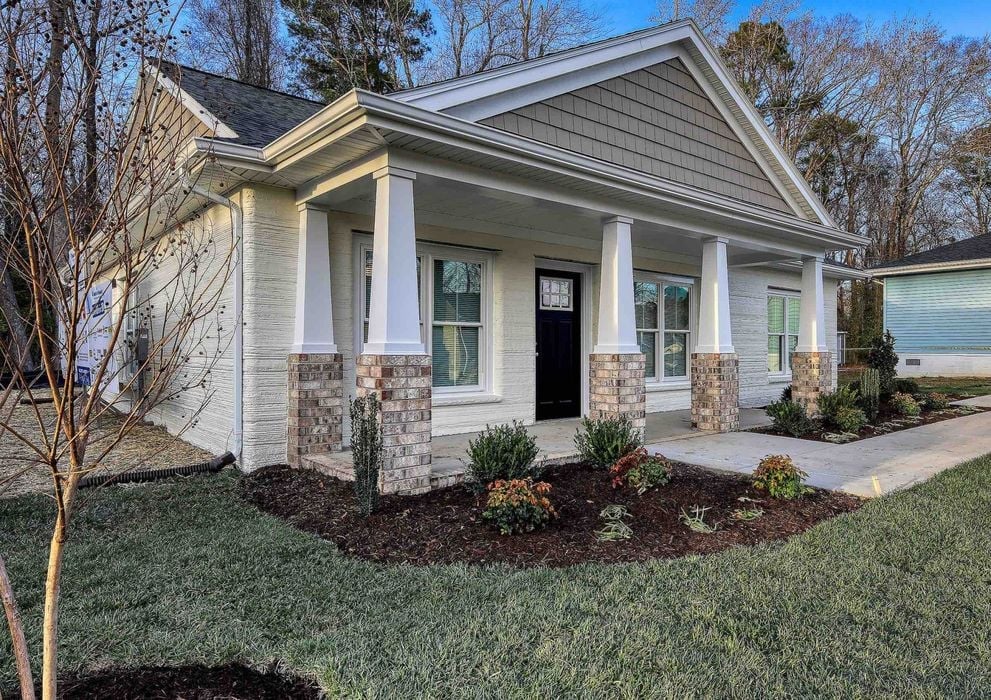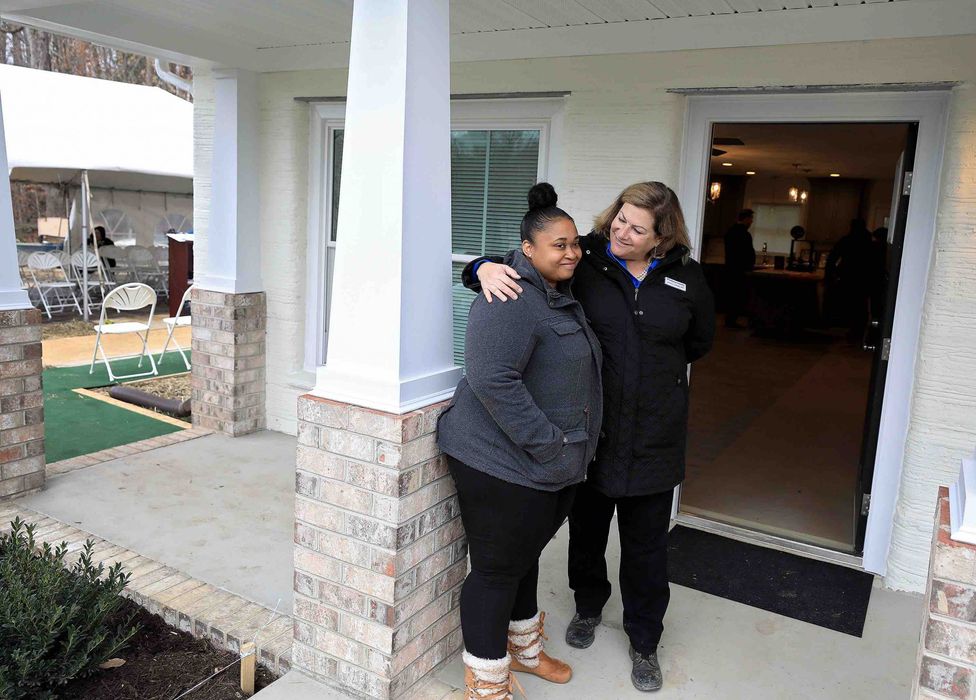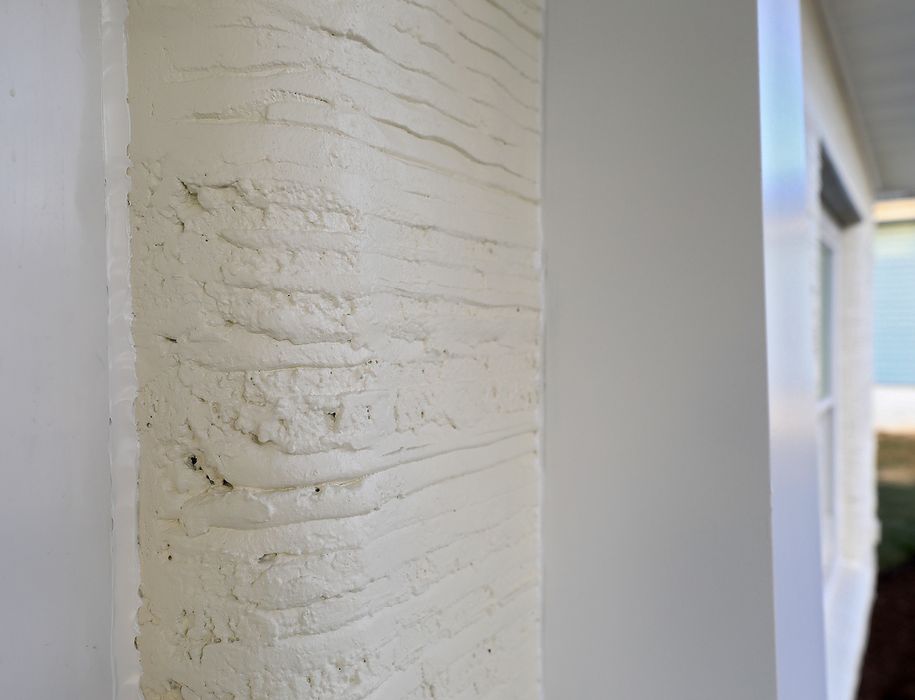
Habitat for Humanity announced a project in Virginia has used construction 3D printing as part of the home building process.
Habitat for Humanity is a non-profit organization that attempts to help individuals own their own home. The idea is that the prospective homeowner must provide at least 300 labor hours as “sweat equity” into the building project to prove their worthiness to receive the home. The remainder of the project is largely built by volunteers, one of the most notable being former US President Jimmy Carter.

“HFH” projects occur everywhere, and there’s likely one underway in your city as you read this story. You might even consider volunteering your skills, time and cash to help the project.
Normally HFH homes are built using traditional building techniques as appropriate for the region. However, Habitat for Humanity Peninsula and Greater Williamsburg reported they have completed the “Nation’s First-Ever 3D Printed Habitat Home”.
Before we go any further, I must provide a correction to this statement: this home was NOT 3D printed. In fact, only a portion of the concrete portions was 3D printed. While this is certainly interesting, the remainder of the home, including HVAC, electrical, plumbing, flooring, roofing, surface finishes, etc., were all completed in the usual manner.
There is no such thing as a “3D printed house”, in spite of headlines continually proclaiming it has been achieved.
Nevertheless, this is quite an interesting achievement that deserves a bit of a deeper look.

The construction 3D printing wasn’t done by typical volunteers, but instead was done by a construction contractor, Alquist. This company specializes in construction 3D printing, and uses COBOD’s BOD2 large-scale construction 3D printer.
While I know that 3D printed concrete can technically succeed in a number of situations, I’ve frequently been skeptical of the value provided: is it actually economical to use this technology versus traditional approaches.
Sometimes it makes sense because of labor shortages, as construction 3D printers require very few people to operate them. But is it actually financially feasible to use them in a modern Western country?
The statement from HFH provided some interesting clues. First, they said this:
“The construction crew printed the 1,200 square foot home in 12 hours — reducing the standard construction schedule by at least four weeks.”

This is quite interesting, as the usual build process for concrete walls would be quite long: crews have to erect molds to hold wet concrete, and that takes far longer than the actual “pour”.
There’s more:
“Alquist’s use of concrete for the walls saved an estimated 15% per square foot in building costs.”
This is good information. If true, then the combination of speed and cash savings could attract many to the technology of construction 3D printing.
However, I’d like to know more about the comparison here. Were they comparing the cost of building a concrete-walled house to 3D printing, or comparing a traditional wooden house to 3D printing?
Finally:
“Concrete better retains temperature, saving on heating and cooling costs, and is more resistant to tornado and hurricane damage.”
This is very true, and would make the home last far longer than one made with traditional methods. It could also save ongoing costs, as insurance might be lower, for example.
Alquist also uses 3D printers on their residential projects in other ways, too:
“Alquist installs a 3D printer in the kitchen of every home it builds. April will receive a downloadable computer file that will allow her to print knobs, light switch covers and other replaceable parts with her very own 3D printer.”
That’s a great touch, and something every home could consider doing.
As for the viability of construction 3D printing, this project is a step towards confirmation.
Via Habitat For Humanity Peninsula and Greater Williamsburg (Hat tip to Nicole)
